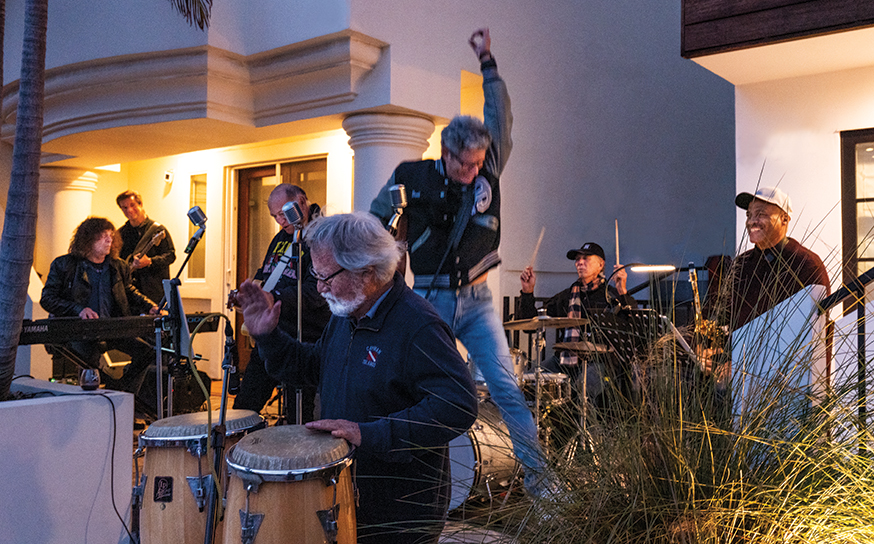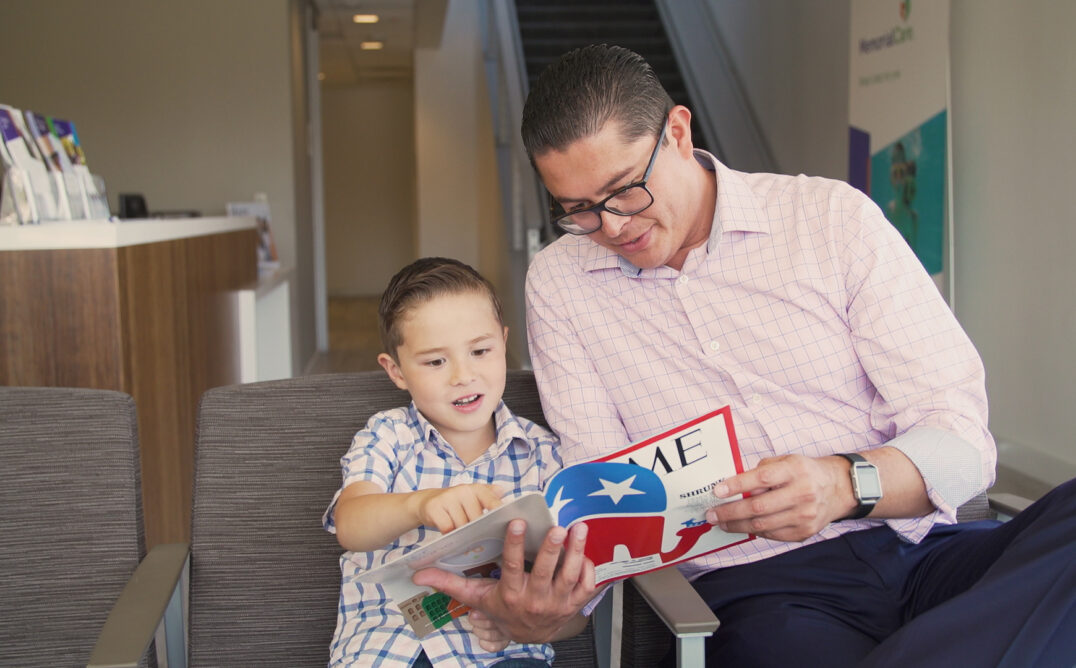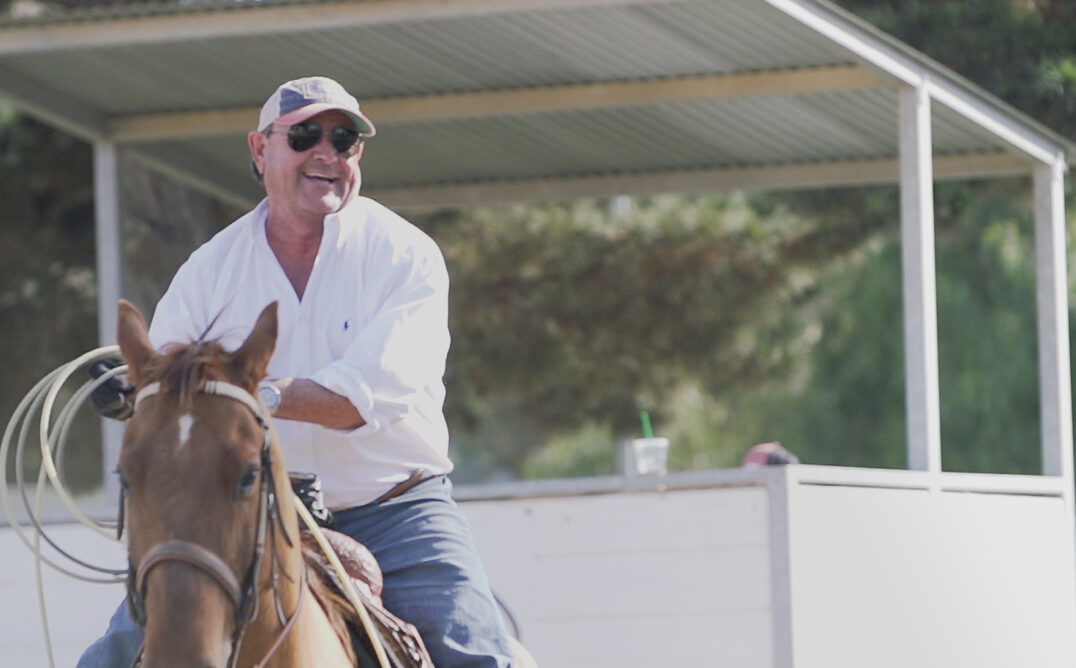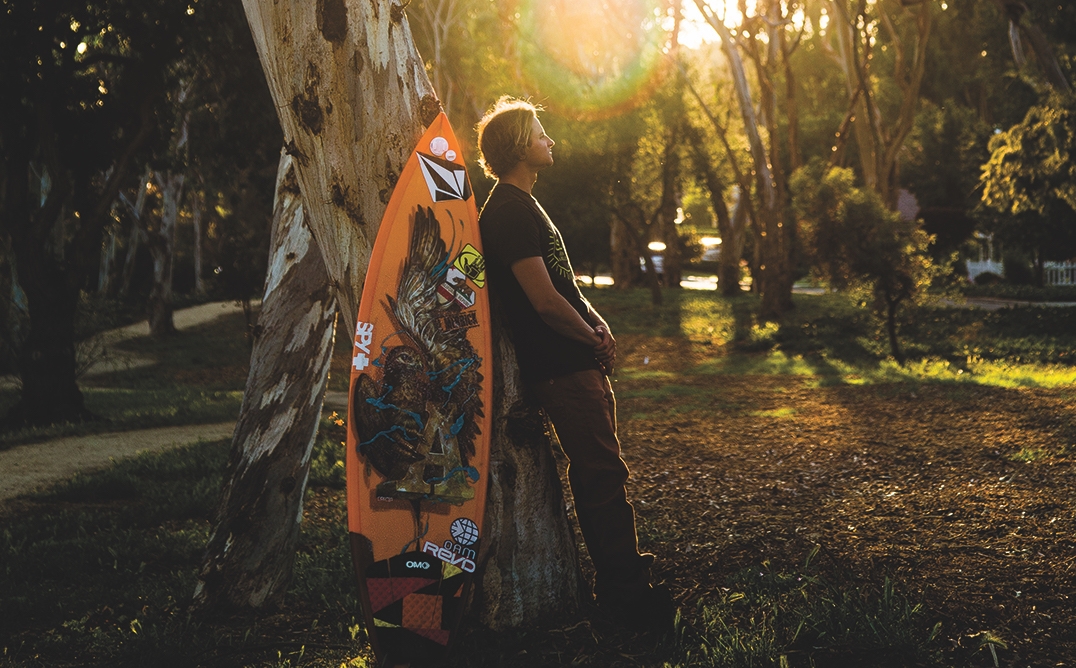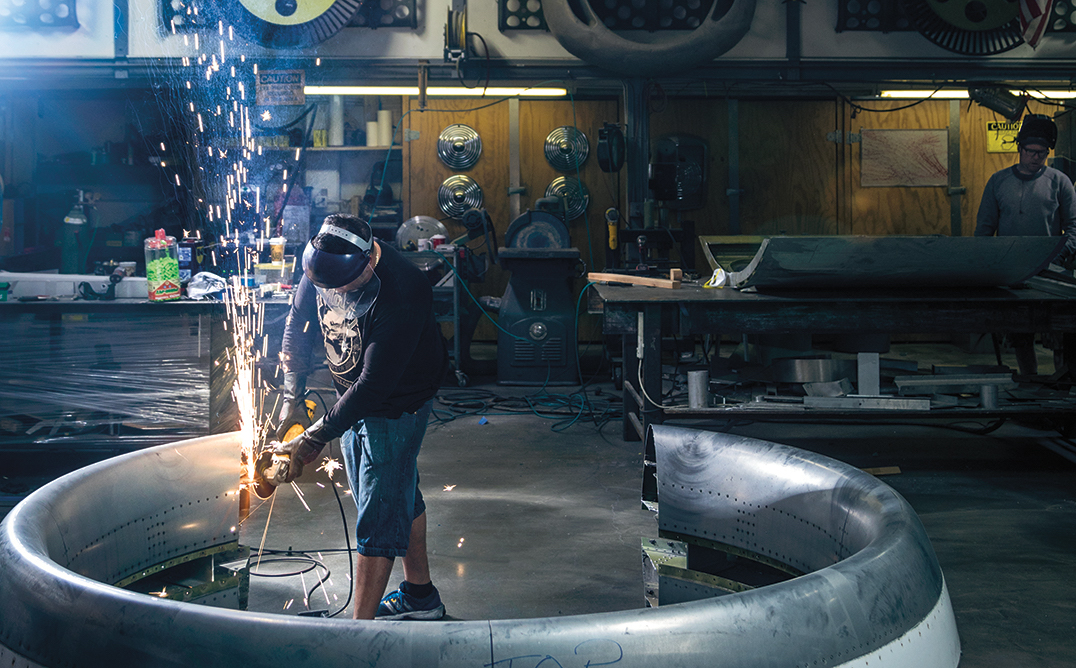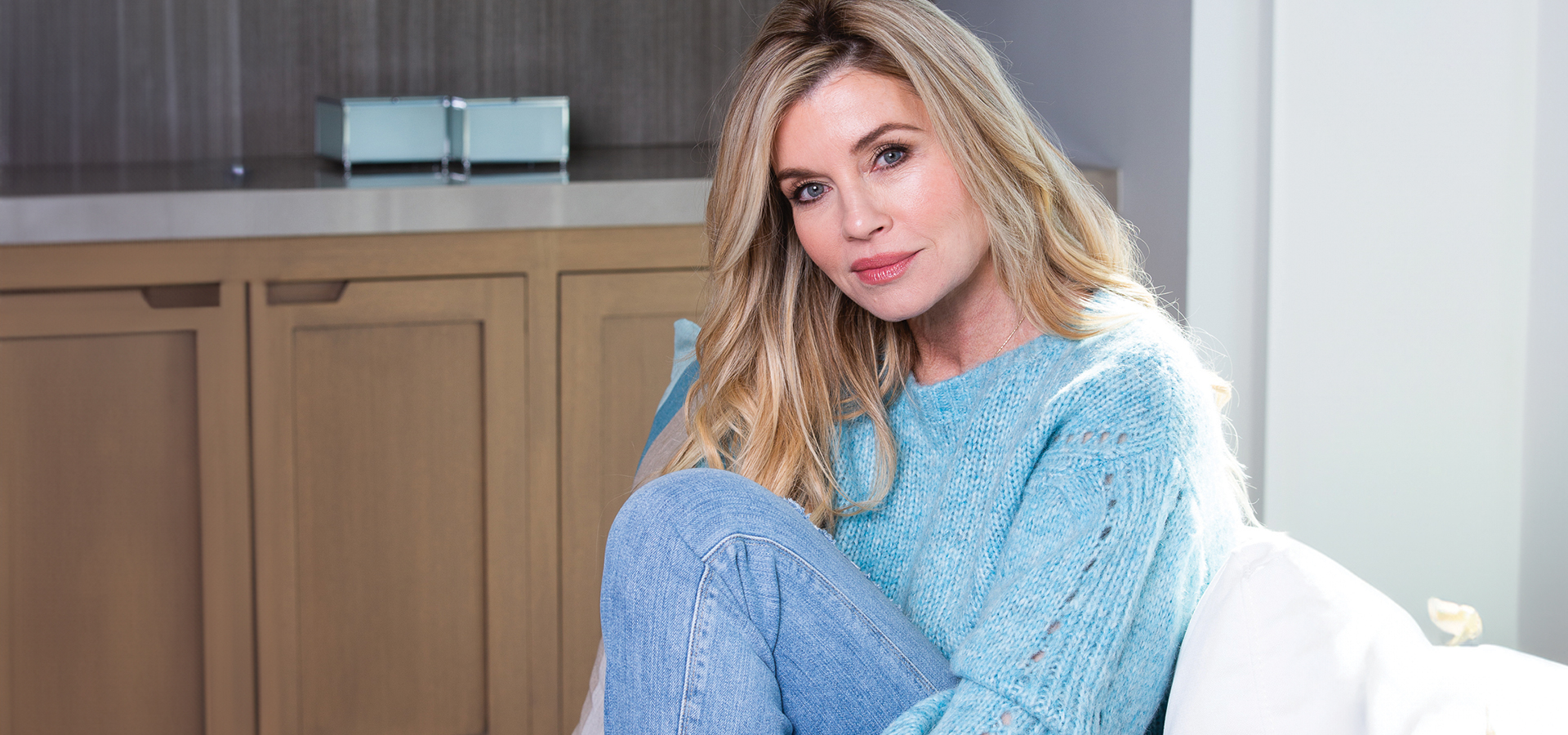
Nadine Macaluso Discusses Her New Book and When to Leave a Toxic Relationship
Q&A
As a licensed marriage and family therapist, Nadine Macaluso (@therealdrnadine) has become a sought-after specialist in helping people deal with trauma bonds—having survived a high-profile, toxic relationship herself. Now she is sharing her firsthand knowledge in her new book, Run Like Hell: A Therapist’s Guide to Recognizing, Escaping, and Healing from Trauma Bonds. We caught up with “Dr. Nae” to discuss her new book and her evolution from wounded healer to trauma bond whisperer.
 Congratulations on your new book. It’s a fascinating and inspiring read. What motivated you to write it?
Congratulations on your new book. It’s a fascinating and inspiring read. What motivated you to write it?
In my practice, I had so many patients who were bright, beautiful, empathetic women, who were coming in trauma bonded. I realized we had a problem. So I decided to go back to the research to understand what’s happening here. These women can’t leave their toxic relationships, and I wanted to understand why. It was about a four- to five-year process to research and write this book. I wanted to educate and empower women.
Another reason I wrote the book was to destigmatize toxic relationships—remove the shame that a woman feels enduring a trauma bond. People will say, “She’s codependent. She’s a love addict.” No. It’s much more complex than that. No woman wants this. That’s not what they imagine for themselves.
Tell me about your book. What is a trauma bond?
Two conditions have to be there for a trauma bond to exist: intermittent abuse (reinforcement) and the power imbalance. My book explains the phases of trauma bonds from the initial love-bombing and sweet seduction to when the mask falls and the coercive control, manipulation and betrayal begin. I illuminate the emotional symptoms of being in a trauma bond and the personality traits found in both the men and women involved in a trauma bond. I offer assessments and tools to recognize trauma bonds, as well as guidance on how to safely leave a trauma bond and experience post-traumatic growth.
Given your personal history, while you were pursuing your PhD in psychology, was learning about trauma bonds eye-opening for you? Did you have an “aha!” moment?
Interestingly, they don’t teach this in school. We had one domestic violence class. But aside from that, it’s not addressed. When I was going through my trauma bond 25 years ago, nobody was talking about narcissism or trauma bonds or any of this. So while in school, I just thought I’d work with people who had anxiety or depression, and couples. Ironically, I didn’t want a niche because I wanted to be open to helping everybody. It found me. I never intended to be a trauma bond whisperer.
Yet having successfully survived a well-publicized trauma bond yourself, don’t patients specifically seek your help to address their trauma bond issues?
Yes. And, of course, the notoriety from the Wolf [ex-husband Jordan Belfort, aka “the Wolf of Wall Street”] and the movie give me the perfect engine to disseminate this information. Because aside from my professional education, I have street cred. And I’m never going to dismiss or label a patient.
What makes a woman susceptible to this? Is it childhood trauma?
You don’t have to have childhood trauma to end up in a trauma bond. In Sandra L. Brown’s book Women Who Love Psychopaths, her research states that of the women who end up in trauma bonds, some have developmental trauma, but interestingly many of them score high in agreeableness and conscientiousness. I read her research in 2019, and it was a game changer for me. When I left Jordan, everybody called me codependent and him an addict. But there was something more going on. I score very high in agreeableness and conscientiousness. Those traits of being warm, loving, tolerant and disciplined are not flaws. They’re strengths. So if a patient comes to me with those traits, I’m not going to therapize them out of her. Unfortunately, in the hands of a “pathological lover,” they get weaponized.
Your book includes dramatic firsthand accounts of women’s trauma bond scenarios. Their stories are unfathomable. Are they true?
Yes. All the stories are real. I changed small pieces to ensure privacy. But my patients actually liked seeing themselves in there—knowing their stories matter and may help someone. They offer validation for other women, so they won’t feel so crazy and alone. But that’s also why I have trigger warnings in the book.
Do you still consider yourself a wounded healer?
The wounds are still there, but they’re not driving the bus anymore. Experience is the greatest teacher. The thing about being of service: As much as I heal my patients, they heal me. To see the strength of these women—they keep going and recover and grow—that’s the inspiring part.








